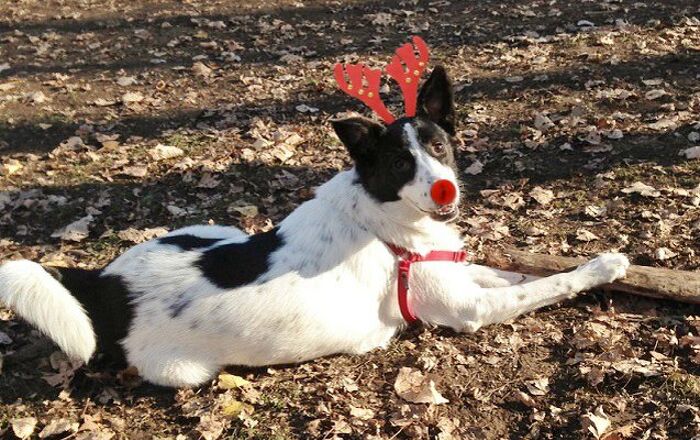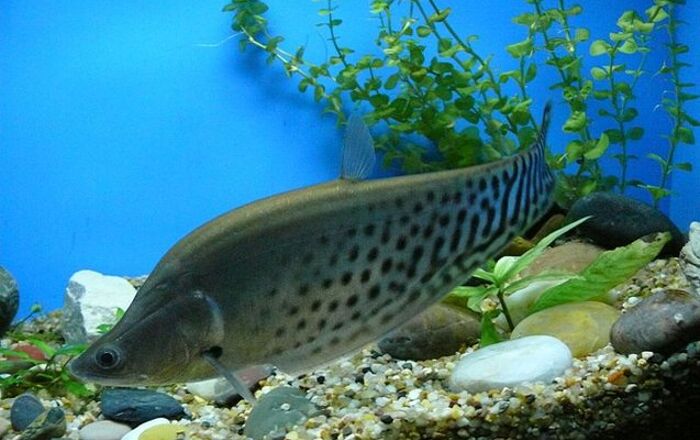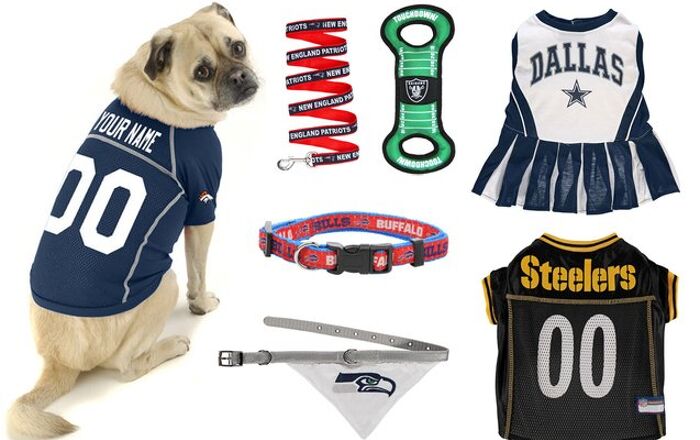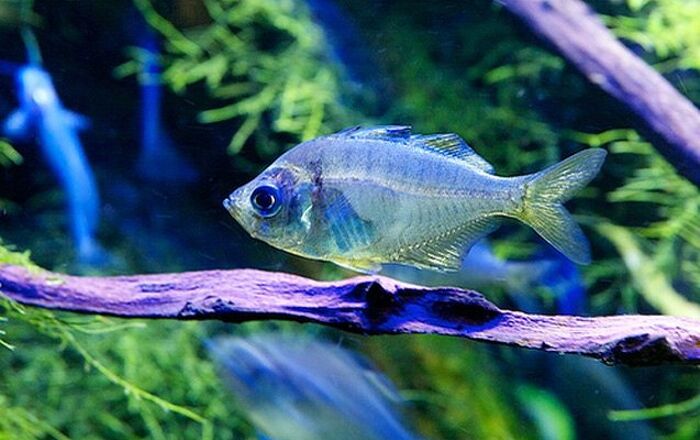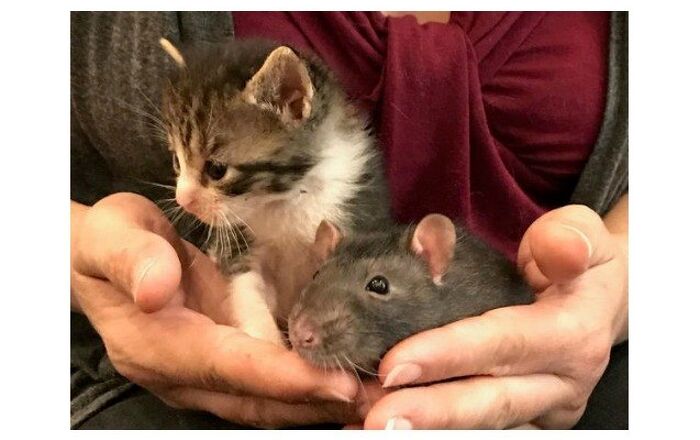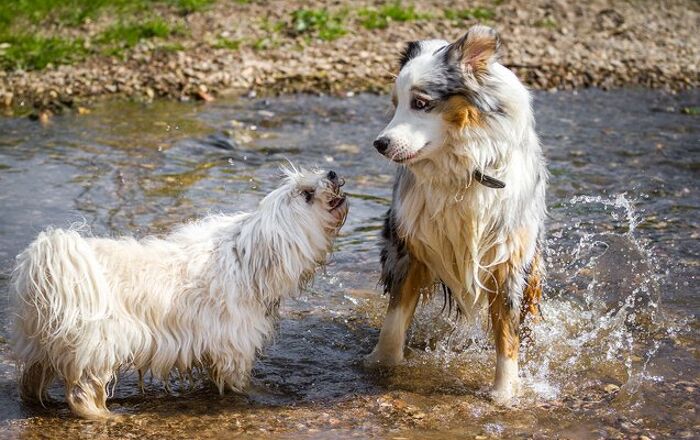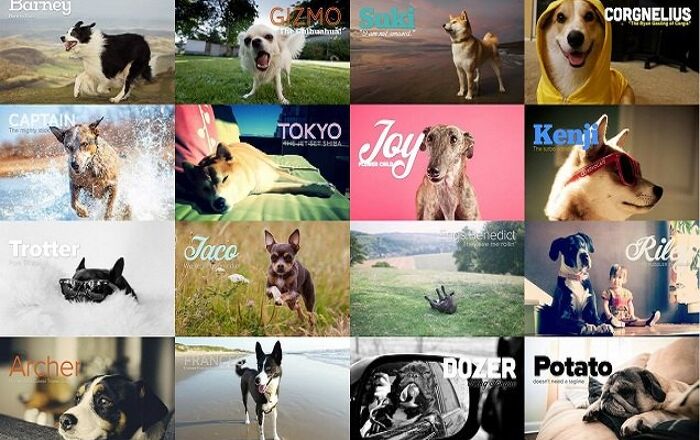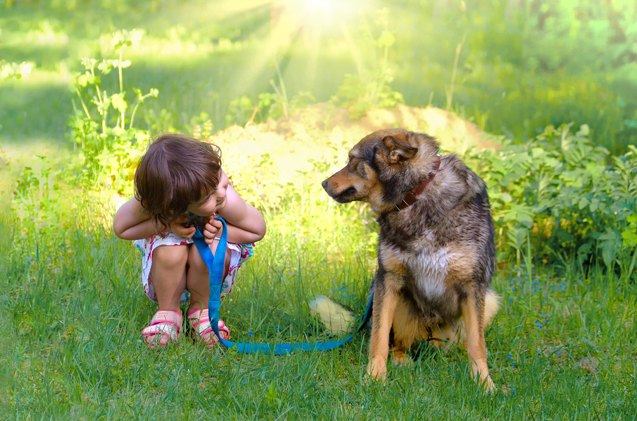
Scientists have finally uncovered just what it is that makes dogs look like their owners. Turns out, it’s all in the eyes.
Sadahiko Nakajima, a psychologist at Kwansei Gakuin University in Japan, has been trying to unravel this mystery for years. In a 2009 study, Nakajima found that research participants were able to successfully match photos of owners and their dogs by facial appearance alone. On top of that, they also correctly identified false pairs that researchers had randomly thrown together. But the question still persisted: what exactly was it that allowed participants to correctly identify owner-canine pairs with such stunning accuracy?
To figure it out, Nakajima devised a clever study. He tested 502 Japanese undergrads using two test sheets. On each sheet were 20 photo sets of human-canine pairs with their faces shown side-by-side. However, it wasn’t quite as easy as merely asking people to identify the correct pairs. The research participants were split into 5 groups: group one was shown full, unobstructed side-by-side photos of owners and dogs. Group two saw the same pictures, except the humans’ eyes were covered by a black, rectangular ‘censor’ bar. In group three, the human photo subjects had the black bar over their mouths. Group four participants saw the photos, but this time the dogs had the black bar covering their eyes. Group five’s photos showed just a sliver of the human-dog pairs’ eyes side-by-side.
Sounds a bit complicated, right? Don’t worry — the results are actually quite simple.
Similar to Nakajima’s first study, the group that saw the full-face photos of humans and dogs were able to correctly identify (80% of the time!) the real-life pairs. The group whose photos saw the owners’ mouths concealed still did amazingly well — 73% of them guessed correctly. However, the groups where either the owners’ or dogs’ eye were concealed did relatively poorly — their performance fell to statistically chance levels.
However, the most fascinating finding to come out of this study involved the final group: the one that saw just the eyes of the dog-owner pairs, but not the rest of their faces. A full 74% of people in this group were able to correctly match the dogs with their human owners. Nakajima was so skeptical of the results that he did same test again with a second group. Result? 76% of that group correctly identified the pairs; it wasn’t just a fluke.
So, what is it about the eyes alone that allows us to correctly match owners with their dogs? Well, that part’s still a mystery. If you have any theories, feel free to discuss them in the comments below. I’m all ears (and teeth and fur)!
[Source: Slate]
